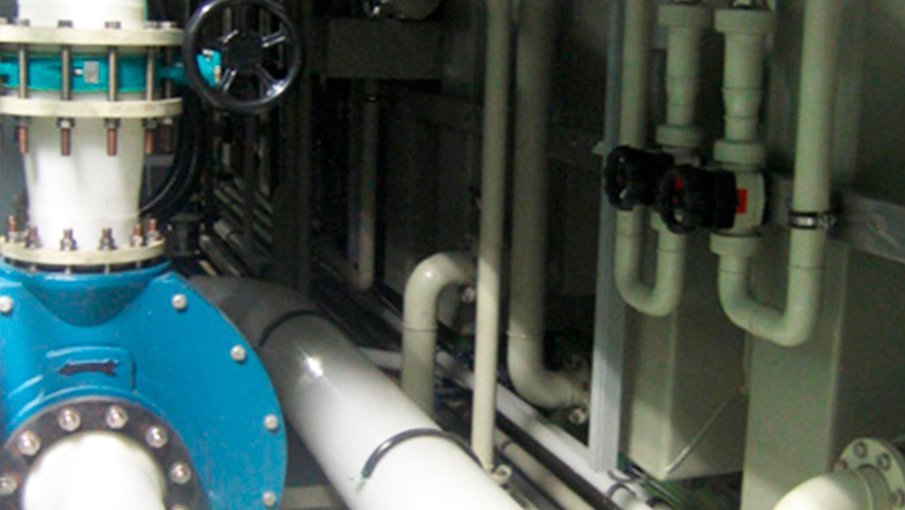Piping system & sheets for tank in Turkey
Pickling plant counts on PE-HD, PP and PVDF
The company ASAS Alüminyum is one of the market leaders in Turkey for the anodisation and powder coating of aluminium profiles. Based on a fully automated line system up to 3.6 million m²/year of profiles can be anodised and up to 18,000 t of powder can be processed. Company Gezer Endüstri Insaat installed piping systems and basins made of HDPE, PP and PVDF, which were provided by AGRU Kunststofftechnik GmbH. The project started in May 2009 and lasted for one year. Operating acids in the basins are 5 % NaCl and 20 % HNO3 at a temperature of 50 °C. The piping system transports exhausted air and oleaginous wastewater between 10 °C and 30 °C at maximum pressure of 9 bar.

